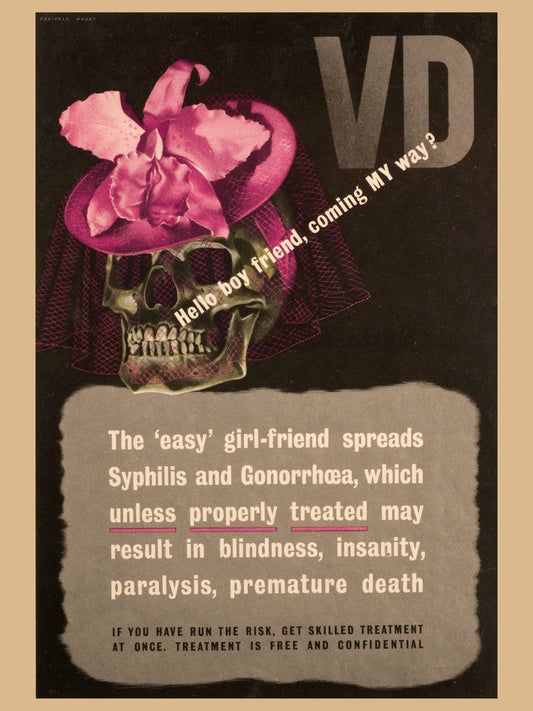-
The Drunkard's Progress E. B. and E. C. Kellogg, ca. 1846
Regular price From £20.00 GBPRegular priceUnit price / per -
A View Inside the Mouth, The Anatomy of Humane Bodies with Figures Drawn After the Life and Curiously Engraven - 1737
Regular price From £16.00 GBPRegular priceUnit price / per -
The Sick Girl by Michael Ancher - 1882
Regular price From £17.00 GBPRegular priceUnit price / per -
Untisal Contra Reuma Advertisement by Achille Mauzan - 1927
Regular price From £18.00 GBPRegular priceUnit price / per -
Hands showing the sign language alphabet by William Darton - c.1825
Regular price From £22.00 GBPRegular priceUnit price / per -
The 'Easy' Girlfriend by Reginal Mount - 1943
Regular price From £20.00 GBPRegular priceUnit price / per -
C Ward, 101 British General Hospital, Louvain by Doris Clare Zinkeisen - 1945
Regular price From £29.00 GBPRegular priceUnit price / per -
Clinique Chéron by Theophile Alexandre Steinlen - 1905
Regular price From £16.00 GBPRegular priceUnit price / per -
Baldwin's Herbal Female Pills - c.1900
Regular price From £24.00 GBPRegular priceUnit price / per -
Smedley's Chillie Paste is 'The King' of Cures - 1901
Regular price From £24.00 GBPRegular priceUnit price / per -
Barrett’s Stout - 1898
Regular price From £24.00 GBPRegular priceUnit price / per -
Mr Smedley's Dentist - 1913
Regular price From £24.00 GBPRegular priceUnit price / per -
Advert for DeWitt's Kidney and Bladder Pills - c.1900
Regular price From £24.00 GBPRegular priceUnit price / per -
Dr. Hymen's Well-Known Cure - c. 1890s
Regular price From £24.00 GBPRegular priceUnit price / per -
Vegetable Pills Satirical - c.1890
Regular price From £24.00 GBPRegular priceUnit price / per -
Harness' Electropathic Belts - 1890
Regular price From £34.00 GBPRegular priceUnit price / per
















